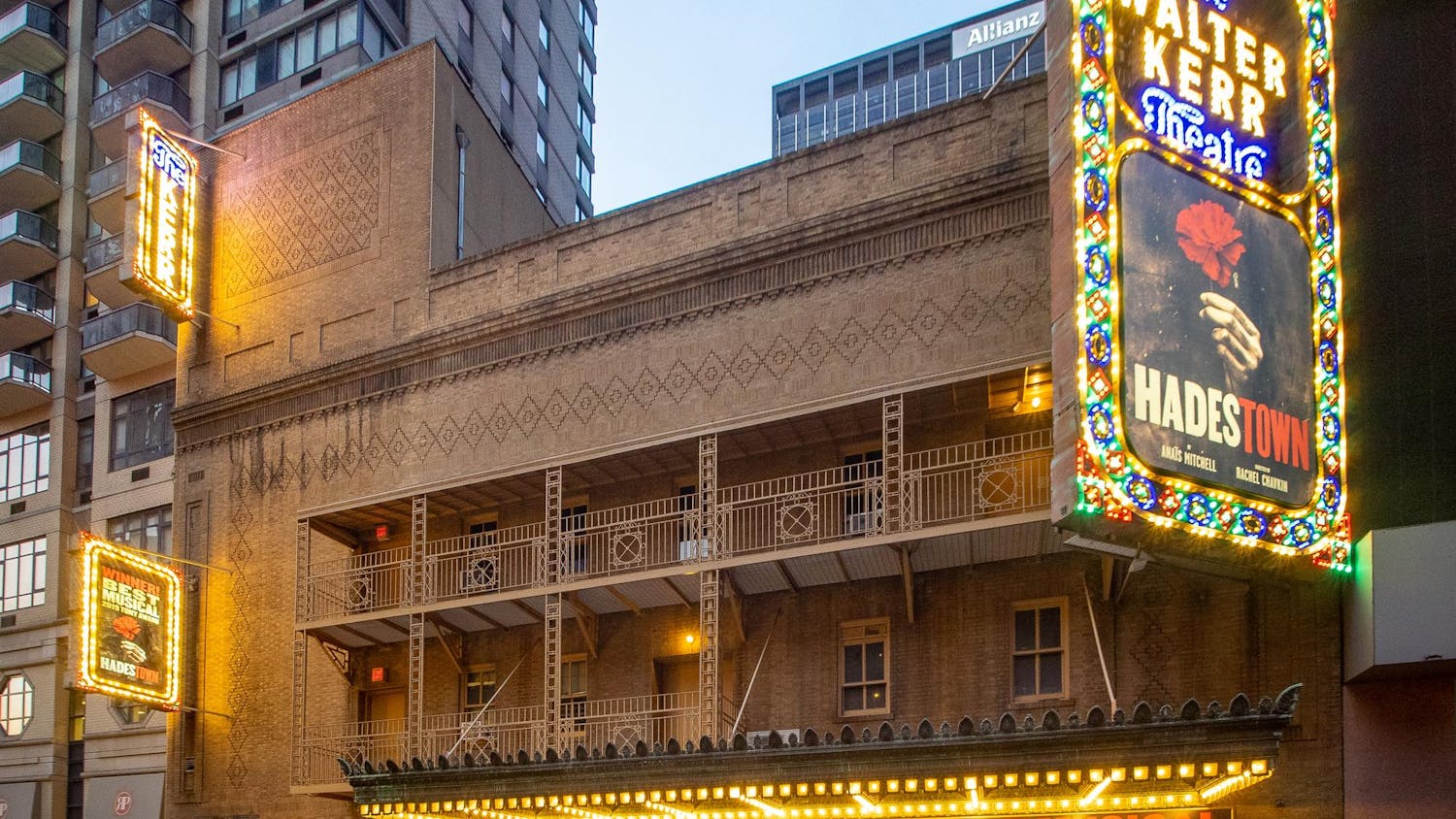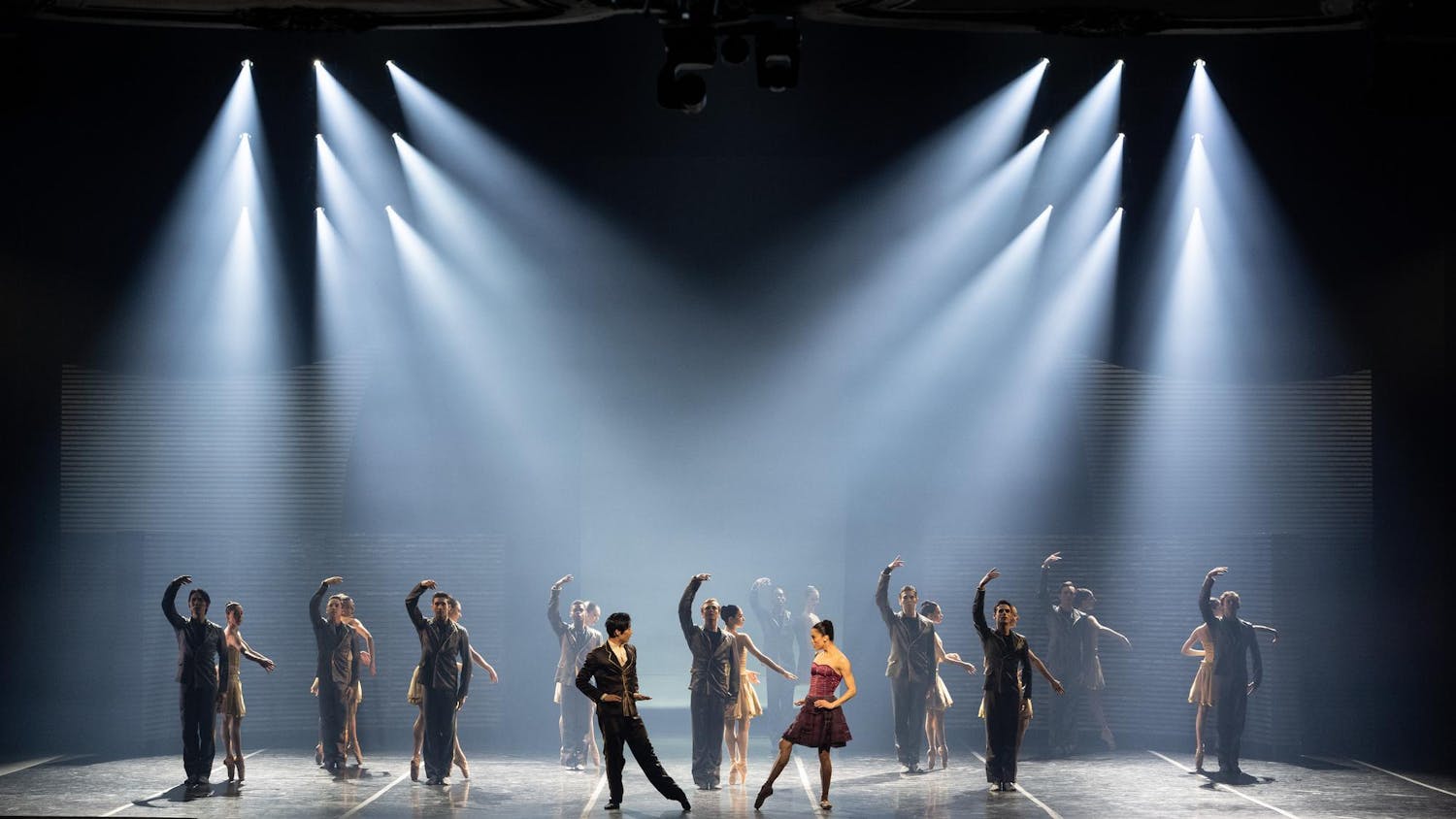Europe has for years served as a Mecca for artists looking to study and spend time with the famous, historical masterpieces. American artists have especially found these European cities inspiring and the "Artists Abroad" exhibit, currently at the Museum of Fine Arts, Boston, consists of works that resulted from this inspiration from 1825 to 1925.
The gallery is small, with each wall made up of stylistically varied works created in different European cities. The exhibit, subtitled "London, Paris, Venice, and Rome," showcases an extra wall of works created in Paris, a popular destination for expatriate artists.
At the time when these works were created, the Industrial Revolution was in full swing in London. The city was becoming increasingly populated and covered at all times by a thick layer of smoke, which affected each artist differently.
James Abbot, in his 1878 lithotint "Limehouse," used the soft effects of lithography to depict how the smog softened the linear edges of the city. With blurred lines and shapes of objects being suggested rather than defined, Abbot emphasizes the smoke that separates the viewer from the scene.
Alvin Langdon Coburn uses a different technique to achieve a similar effect. In 1905, he created "St. Paul's Cathedral," a photogravure depicting the cathedral and the city around it from a higher vantage point. The city is dark and shadowy in the print, as if covered in soot. Thick clouds perpetuate that darkness, setting up a striking contrast that directs the eye through the piece.
These and several other prints effectively capture the grayness of London in this era and convey the atmosphere these artists were exposed to in their time in the city.
Rome, on the other hand, was depicted as very bright and warm. Frederic Crowninshield's 1891 watercolor, "Church in Rome," depicts a stone church and its greener surroundings. The colors are mostly earthen tones, giving a sense of the nature that still flourished in Italy at the time.
Another watercolor, big and noticeably bright, is "St. Peter's Rome," painted by Edward Darley Boit in 1912. It focuses more on the architecture of the buildings in Rome, capturing their columns gleaming in the sunlight. Boit's piece depicts a relaxed atmosphere; passersby stroll casually through the background of his painting, enjoying the day.
Some of the Paris pieces also focus on architecture and scenery. Another large watercolor by Boit, "Place de l'Opéra, Paris" (1883), captures Paris much like the way he captured Rome. The architecture is as magnificently depicted as in "St. Peter's Rome," but the people shown in "Place de l'Opéra, Paris" are bustling around in carriages or on foot, exuding the city's liveliness.
William Odiorne, in his photograph "The Café du Dome, Paris" (1925), and James Wells Champney in his two graphite sketches, "Two women in a restaurant" (1866−67) and "Man in restaurant" (1866−67), showcase the popular cafes and restaurants that France is known for.
There are also many drawings and prints by artists such as Champney and Winslow Homer, created in the Louvre Museum, which replicate old masterpieces and observe other artists who traveled to the Louvre to do the same.
The other pieces from Paris are dedicated almost entirely to Mary Cassatt, an American whose work mostly consisted of drypoint and etching, many of which are embellished with aquatint to add color.
In Cassatt's "In the Omnibus," a soft−ground etching and aquatint drypoint made in 1891, the artist shows two women and a child occupied with each other, making the viewer wonder where they were going and what they were discussing. "The Umbrella" (1879), another of Cassatt's soft−ground etchings, captures a quiet moment of a woman sitting with an umbrella. "The Umbrella" gives insight into female behavior during this period.
Overall, the exhibit nicely compiles a great variety of pieces. There is a diverse mixture of different styles, media and subject matters, all of which come together to effectively capture the experiences of artists traveling abroad in this period.





